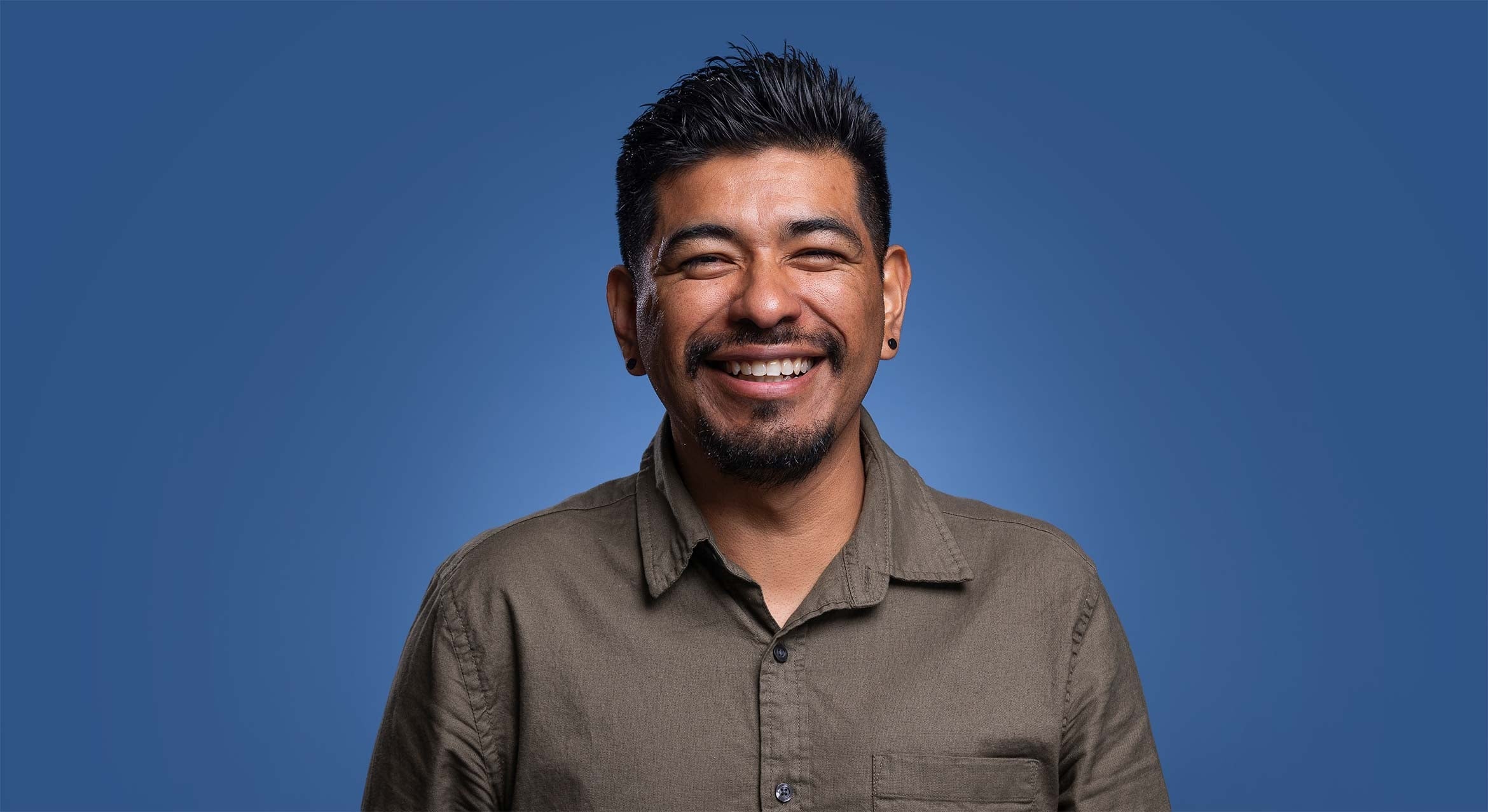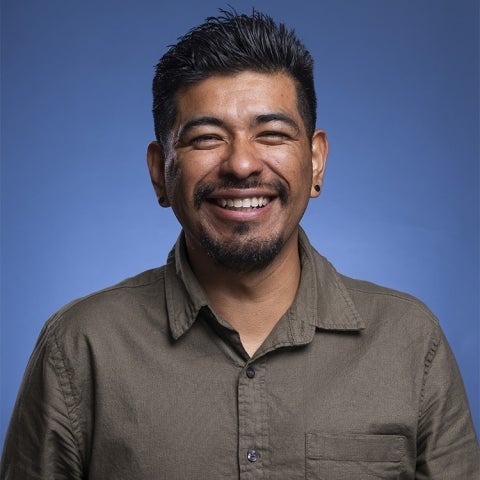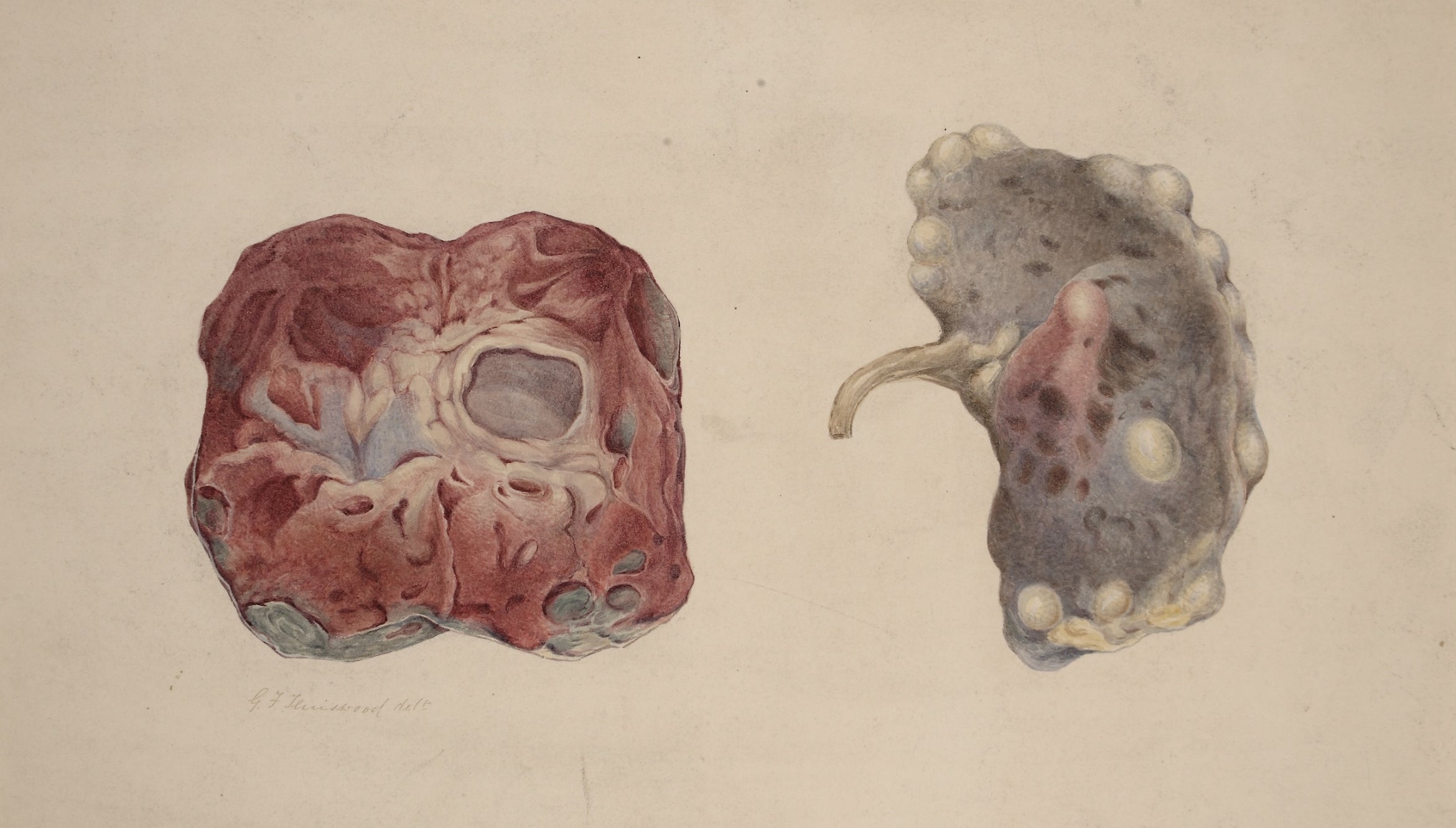Giovanni Batz wins book prize for 'The Fourth Invasion'

The history of Guatemala is fraught with what Ixil Maya people refer to as a series of invasions. The first began 500 years ago with the arrival of Spanish colonizers. The second was the rise of the plantation economy in the late-19th century. The country’s third invasion was tied to state-sponsored genocide during more than three decades of civil war.
Since 2011, Giovanni Batz, an assistant professor in the Department of Chicana and Chicano Studies at UC Santa Barbara, has been researching Guatemala’s invasions, particularly its most recent, the ongoing resource exploitation by multinational corporations that fund and operate hydroelectric projects. Distilling more than a decade of ethnographic research, Batz’s second book, “The Fourth Invasion: Decolonizing Histories, Extractivism, and Maya Resistance in Guatemala” (University of California Press, 2024), recently won the Rocky Mountain Council on Latin American Studies Thomas McGann Book Prize in Modern Latin American History.
“Receiving this award is an honor,” Batz said. “My hope is that the book can help students, educators, community members and others learn about the Ixil Maya struggles against extractivist industries, such as hydroelectric plants.”
“I am grateful to the ancestral authorities and communities for their support and collaboration in this research,” he added.
“Batz makes an outstanding contribution with the history he tells and through the methods and theoretical contributions he makes, including relationship building, archival research, historical analysis and anthropological methods,” noted the prize committee. “He makes a powerful call for the importance of a theory grounded in the categories of understanding of the historical actors themselves –– in this case the people of the Cotzal municipality and Ixil Maya communities. The current movements in Cotzal, rooted in a long history of resistance, counter dominant narratives of Indigenous peoples that often portray them as ‘conquered.’ (Batz) not only revises historical accounts but also highlights the contemporary political implications of decolonizing history for Maya communities.”
The prize committee was composed of Susie Porter, a Presidential Societal Impact Scholar and distinguished humanities professor at the University of Utah; Elizabeth Schwall, a historian of Latin America and the Caribbean at UC Berkeley, and Virginia Garrard, Professor Emerita of History at the University of Texas at Austin.
The prize’s namesake, Thomas McGann (1920–1982), was a Harvard-trained historian, assistant naval attaché to American embassies in Lima and Buenos Aires during World War II and a history professor at the University of Texas at Austin.
A free digital version of “The Fourth Invasion” is available through UC Press’s open access publishing program, Luminos.




